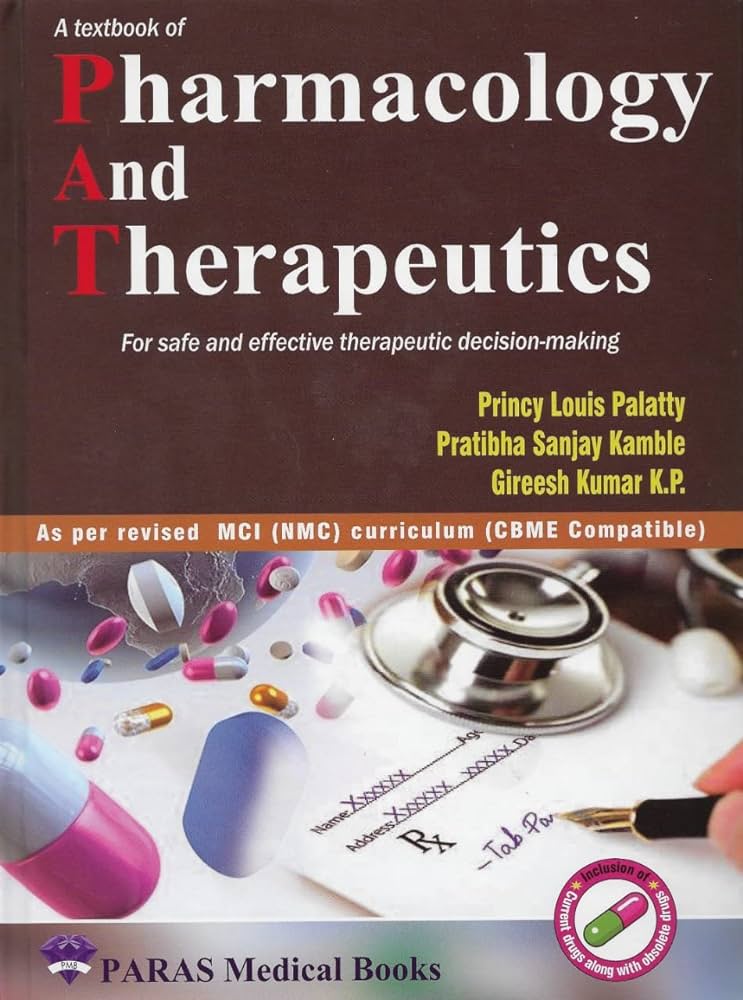G 蛋白偶联受体的电压敏感性:揭示分子机制和生理意义。
IF 12
1区 医学
Q1 PHARMACOLOGY & PHARMACY
引用次数: 0
摘要
在由膜电压(Vm)控制的蛋白质(如电压门控离子通道)领域,G 蛋白偶联受体(GPCRs)庞大家族中电压敏感性的出现标志着 21 世纪初的一个重要里程碑。自发现以来,人们一直致力于广泛研究,以了解 Vm 与 GPCR 之间错综复杂的关系。在由 800 多个受体组成的家族中,约有 30 个 GPCRs 与依赖 Vm 的正向和负向调节有关。GPCR 是神经元中突触传递的典型调节器,它们会遇到 Vm 的巨大变化。然而,GPCRs Vm 传感器的分子机制仍然是个谜,这是因为缺乏对 Vm 不敏感但功能完好的突变 GPCRs,妨碍了对生理学中这一独特特性的全面了解。尽管如此,二十年来的潜心研究已为 GPCR Vm 传感的分子方面提供了大量见解,同时也提出了最新的生理作用和药理潜力,我们将在本综述中对此进行概述。GPCR 的 Vm 敏感性是一个关键属性,它揭示了以前未曾预见的在突触传递中的作用,并延伸到更多领域,强调了它在细胞信号传导和生理过程中的重要性。本文章由计算机程序翻译,如有差异,请以英文原文为准。
The voltage sensitivity of G-protein coupled receptors: Unraveling molecular mechanisms and physiological implications
In the landscape of proteins controlled by membrane voltage (Vm), like voltage-gated ionotropic channels, the emergence of the voltage sensitivity within the vast family of G-protein coupled receptors (GPCRs) marked a significant milestone at the onset of the 21st century. Since its discovery, extensive research has been devoted to understanding the intricate relationship between Vm and GPCRs. Approximately 30 GPCRs out of a family comprising more than 800 receptors have been implicated in Vm-dependent positive and negative regulation. GPCRs stand out as the quintessential regulators of synaptic transmission in neurons, where they encounter substantial variations in Vm. However, the molecular mechanism underlying the Vm sensor of GPCRs remains enigmatic, hindered by the scarcity of mutant GPCRs insensitive to Vm yet functionally intact, impeding a comprehensive understanding of this unique property in physiology. Nevertheless, two decades of dedicated research have furnished numerous insights into the molecular aspects of GPCR Vm-sensing, accompanied by recently proposed physiological roles as well as pharmacological potential, which we encapsulate in this review. The Vm sensitivity of GPCRs emerges as a pivotal attribute, shedding light on previously unforeseen roles in synaptic transmission and extending beyond, underscoring its significance in cellular signaling and physiological processes.
求助全文
通过发布文献求助,成功后即可免费获取论文全文。
去求助
来源期刊
CiteScore
23.00
自引率
0.70%
发文量
222
审稿时长
90 days
期刊介绍:
Pharmacology & Therapeutics, in its 20th year, delivers lucid, critical, and authoritative reviews on current pharmacological topics.Articles, commissioned by the editor, follow specific author instructions.This journal maintains its scientific excellence and ranks among the top 10 most cited journals in pharmacology.

 求助内容:
求助内容: 应助结果提醒方式:
应助结果提醒方式:


